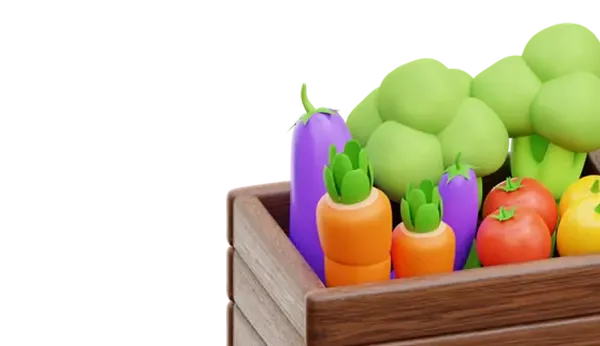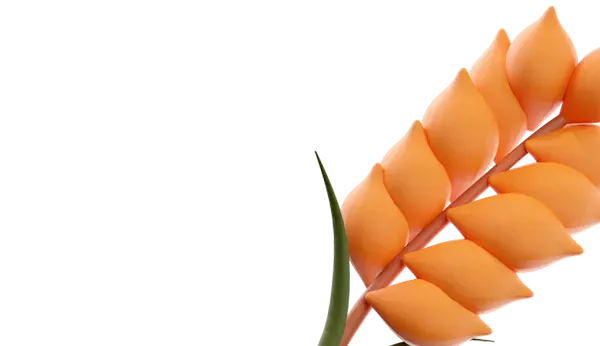Yellowing of hydrangea leaves in July is often associated with a lack of moisture - this is the primary and most obvious cause.
Hydrangeas, or water-loving plants from the genus Hydrangea, have a high need for water. Hot summer weather and drought can quickly dehydrate the soil. Lack of moisture hinders the normal transport of nutrients, especially iron, resulting in a change in leaf color. The leaves start to weaken, the leaf blade loses its elasticity, turns yellow (often uniformly), starting from the lower levels of the crown. Marginal browning appears.
What to do: maintain regular and abundant watering. Water thoroughly to allow moisture to penetrate all layers of roots, not just the surface. The frequency of watering depends on the weather and soil composition, but during hot periods, watering may need to be increased to once a day or every other day. It is highly recommended to water in the early morning or late evening.
Don't forget about mulching the area around the plant (a layer of 5-10 cm) with peat, compost, wood chips, or pine needles. Mulch helps retain moisture, protects roots from overheating, and suppresses weed growth.
Avoid overwatering hydrangeas. Despite their "love" of water, stagnant water in the root zone (especially in heavy clay soils without drainage) leads to root hypoxia and rot development. In summer, this often occurs when the gardener, with the best intentions, overwaters hydrangeas. The result is yellowing leaves, wilting (even with moist soil!), and stunted growth. The soil remains wet for a long time.
What to do: improve drainage at planting by adding expanded clay or gravel to the planting hole. If the problem occurs in a mature bush, gently loosen the soil, remove the mulch to improve drying. Water only after the top layer of soil has dried out. Avoid waterlogging. In critical situations, transplanting with proper drainage may be necessary.
In addition to a water deficit, yellowing of hydrangea leaves can be caused by insufficient iron content in the soil, which is partly caused by drought. Another reason for chlorosis can be the soil pH level.
The reason is that hydrangeas prefer acidic soil (pH 4.5-6.0). In alkaline or neutral soil, iron turns into an insoluble form, becoming inaccessible to the plant even if present in the soil. Watering with hard water (high in calcium) worsens the situation. Iron deficiency is especially critical during periods of intensive growth and flowering. As a result, the leaves become chlorotic between the veins, while the veins themselves remain green. The problem usually starts with young leaves at the shoot tips.
What to do: acidify the soil. Use specialized soil acidifiers for hydrangeas and rhododendrons (according to instructions). Adding peat, pine bark, or colloidal sulfur is effective. Chelated iron is a good solution for acute chlorosis - spray the foliage with a chelated iron solution (follow the instructions) and/or perform root irrigation. Several treatments may be needed at 7-10 day intervals.
Water the plant with soft, settled water, ideally rainwater.
The third cause is "starvation" of hydrangeas due to intense and prolonged flowering, requiring significant resources. Deficiency of nitrogen (N), magnesium (Mg), or other elements (manganese, zinc) may manifest as leaf yellowing in July, especially with insufficient or unbalanced fertilization in spring. The sign of this is a general yellowing of the leaves, possibly with different shades depending on the deficiency (e.g., chlorosis between veins indicating magnesium or early iron deficiency).
What to do: use specialized fertilizers for hydrangeas or rhododendrons containing the necessary macro- and microelements in the right proportions and promoting soil acidification. In July, focus on fertilizers rich in phosphorus and potassium (to support flowering and winter preparations), but it is important to maintain a moderate amount of nitrogen. Avoid excess nitrogen as it stimulates leaf growth at the expense of flowering and winter hardiness. In cases of severe deficiency, spray the foliage with a complex fertilizer solution with microelements.
Sunburn is a typical problem for large-leaved hydrangeas in July. They prefer bright, but diffused light or partial shade. Direct scorching rays of the July sun, especially at noon, can burn tender leaves. Yellow or light brown spots appear, mainly on sun-facing leaves. Burn spots can dry out.
What to do: during the hottest time (from 11:00 to 16:00), move the plant away from direct sunlight. Use white agrofabric, cheesecloth, or create a shade. If the problem persists, consider transplanting the plant in the autumn to a more suitable location (where there is morning sun or afternoon shade).
Diseases and pests are less likely, but their influence should be excluded. Fungal diseases (spots) can cause yellowing and leaf drop, accompanied by the formation of spots of various shapes and colors. Pests (spider mites, aphids) suck juices, weakening the plant and can cause leaf yellowing. In dry and hot weather conditions, spider mites are particularly active.
Thoroughly inspect the leaves (especially the underside) for spots, webbing, and insects is an important step.
If fungal diseases are found, remove heavily affected leaves, treat them with copper fungicides (Bordeaux mixture, HOM) or modern systemic agents (according to instructions). For pest control, use insecticides (against aphids, caterpillars) or acaricides (against mites). Start with milder remedies, such as Fitoverm.
What to do first if hydrangea leaves yellowed in summer:
- Check soil moisture: probe to a depth of 10-15 cm. If dry - water generously immediately. If it is wet and doesn't dry out - loosen the soil, remove excess mulch, ensure good air circulation.
- Assess the nature of yellowing: If yellowing between the veins (with green veins) - immediately apply iron chelate and adjust soil acidity. If uniform yellowing - nitrogen deficiency or overall stress due to heat/insufficient watering may be the cause.
- Conduct a detailed inspection of the plant, pay attention to signs specific to diseases or pests.
- Analyze the growing conditions: planting location, soil type, fertilization method, watering regimen, weather conditions.
- Based on the analysis, take action: eliminate the identified cause and strictly follow the correct fertilization schedule for hydrangeas. Use nitrogen-based fertilizers in spring, prioritize phosphorus and potassium in summer (June-July) + microelements, and















